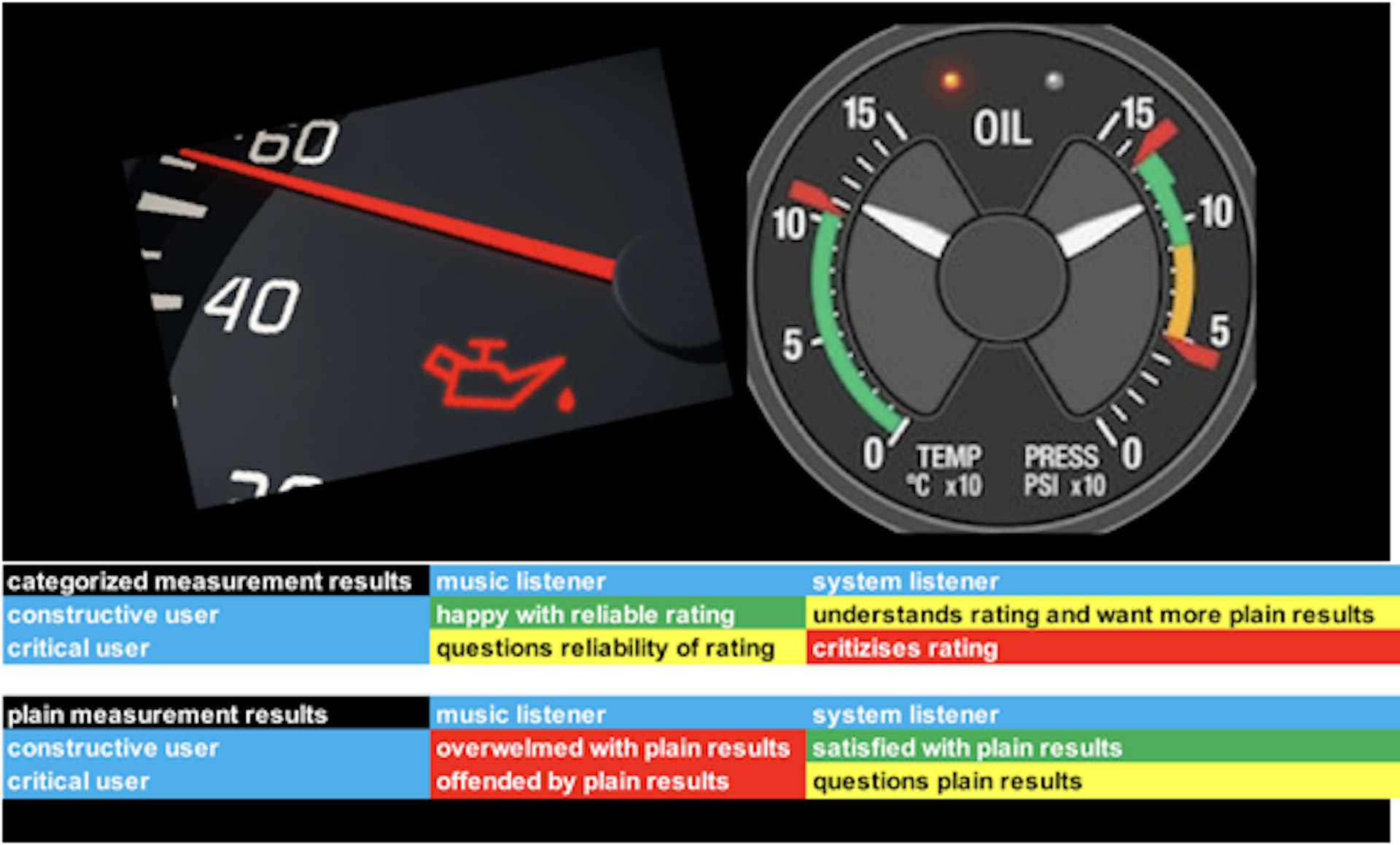
Which audio measurements are for whom?
This question implies there are audio relevant measurements selected from a variety of measurements and out of those there are different audio measurements of relevance for different users. And again, there is an assumption of a variety of users with different needs for audio measurements.
Who is meant by “whom”
Let’s start with the users first. We publish blogs on our website and post them on the social media platforms. Users provide plenty of comments to them and we are very grateful for these. Therefore a big thank you to all of you who like, read and comment on our blogs and posts.
With that experience, we do see two groups of social media users, pretty comparable to our experience in the real world, when we actually meet and talk to people. Maybe this is not only true for the audio industry, but it is a broader phenomenon.
These two groups, as we like to distinguish them, are those users who make themselves appear as knowing everything and providing rather negative comments on almost anything, maybe excluding their own stuff and equipment. Let’s say a more critical group.
The second group is more likely to listen or read first and understand, if and what they could benefit from any part of the discussion, before they have their rather constructive and or challenging comments. Let’s say a more constructive group.
If this sounds offending to anybody, we absolutely do not mean it this way, it is just an observation and differentiation for further discussion within this blog.
Which measurements are in focus
Before talking more about the two user groups, let’s have a look at the other element, the measurements. Even with a focus on the audio relevant measurements, there are plenty of different measurements relevant for the sound quality.
Now of course, some will immediately say, none of all those measurements are relevant for the sound quality. One can only judge the sound quality by listening. Now, give it a little guess whether those users are part of the rather constructive or of the rather critical user group.
For this blog we focus on measurements of the sound output only, no measurements within the audio system and no measurement of the source of the sound, respectively the music.
To keep it even more simple, we distinguish between sound measurements that deliver numbers or graphs presenting detailed measurement results versus measurement result categories like good, bad, test passed or failed. The latter, a far more simple indication of the measurement results requires some additional judgement step compared to those, where the output is plain and includes shown details in form of numbers or graphs. This additional step is a judgement based on defined thresholds. It is judged wether the measured data allows for a result above or below a certain threshold. In addition it is judged whether this is deemed to be good or bad. Such judgement requires a commonly accepted and applied standard for the self-defined thresholds.
Now we differ between plain measurement results, i.e. numbers or graphs, and categorized measurement results, like good, passed, medium, bad or failed.
Music listeners or listeners of systems
Back to our users and let’s again differentiate our users into two groups, but different from the groups before. We can categorize the audio industry participants, in a very simplified manner, into music listeners and audio system listeners. In other words, there are users who use an audio system to listen to the music. These do not develop much interest in the technical details of the audio system. The second group develops a lot interest for the technical details of an audio system. Those use music to listen to their audio systems.
This results in a little user matrix of critical or constructive music or audio system listeners. For all of which there are plain measurement results or categorized measurement results.
This leads to 16 simple combinations, and of course, anything that anybody sees in-between.

The car oil indicator analogy
An analogy to this might be the oil indicator on the car’s dashboard. The driver could be either a mechanic or a complete non-technician. Not going into all combinations, but with a big thank you to a FB user, who brought up this analogy.

TestHiFi in context
TestHiFi provides a simple rating red, amber and green. With the additional in app purchases, users can obtain (1st in-app purchase) ratings for seven tested criteria and (2nd in-app purchase) detailed measurement data for seven tested criteria.